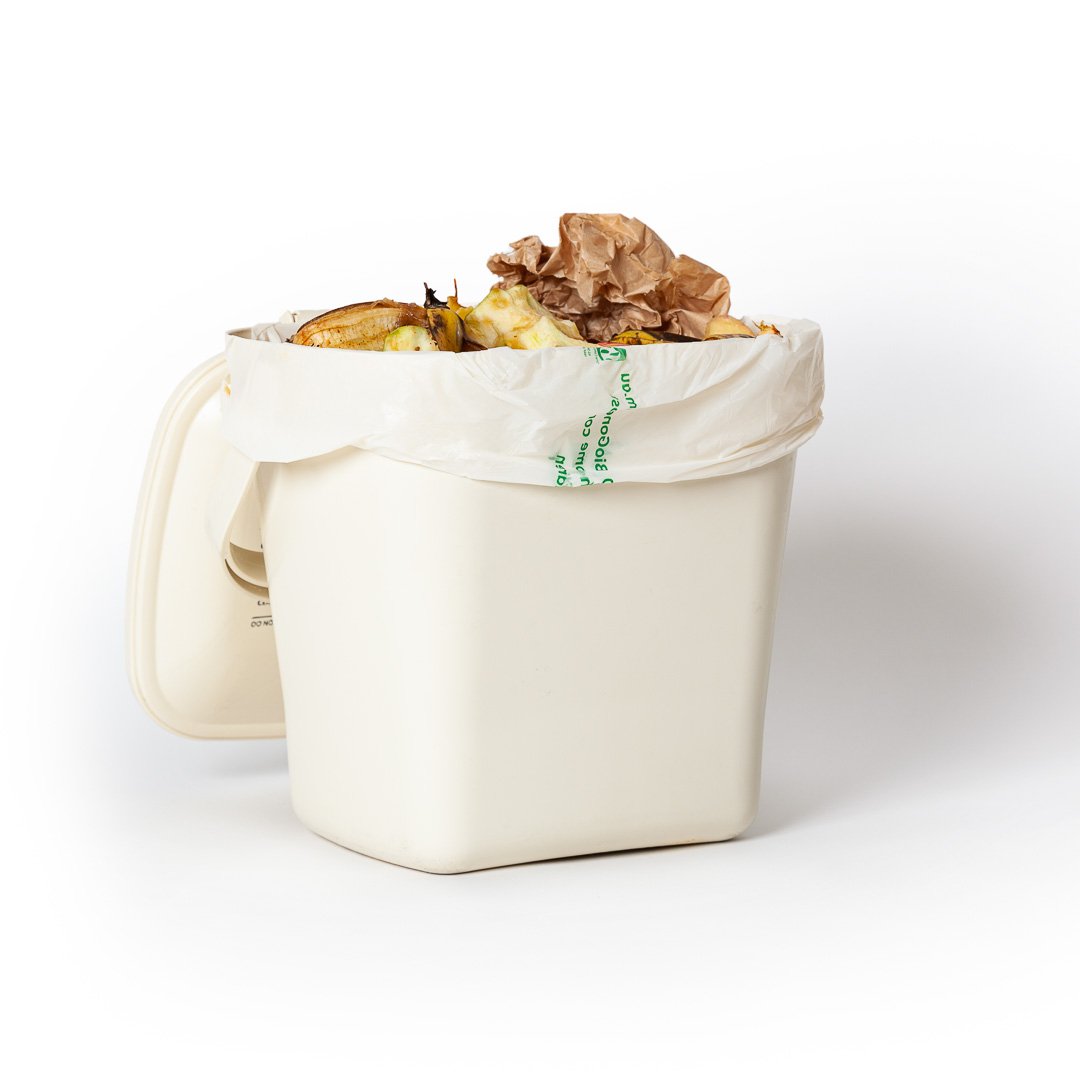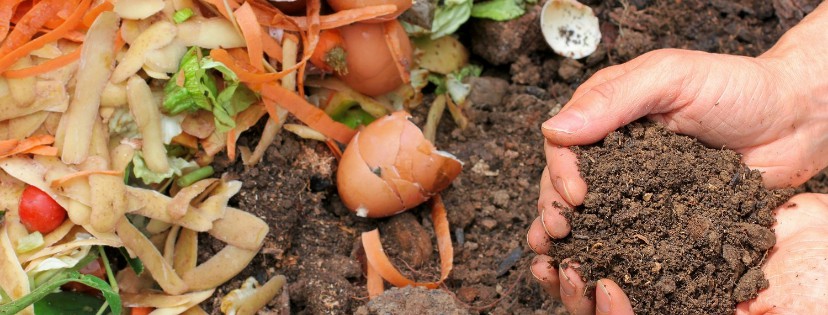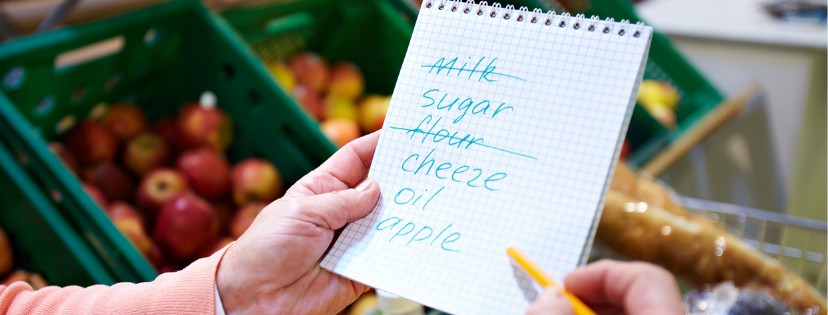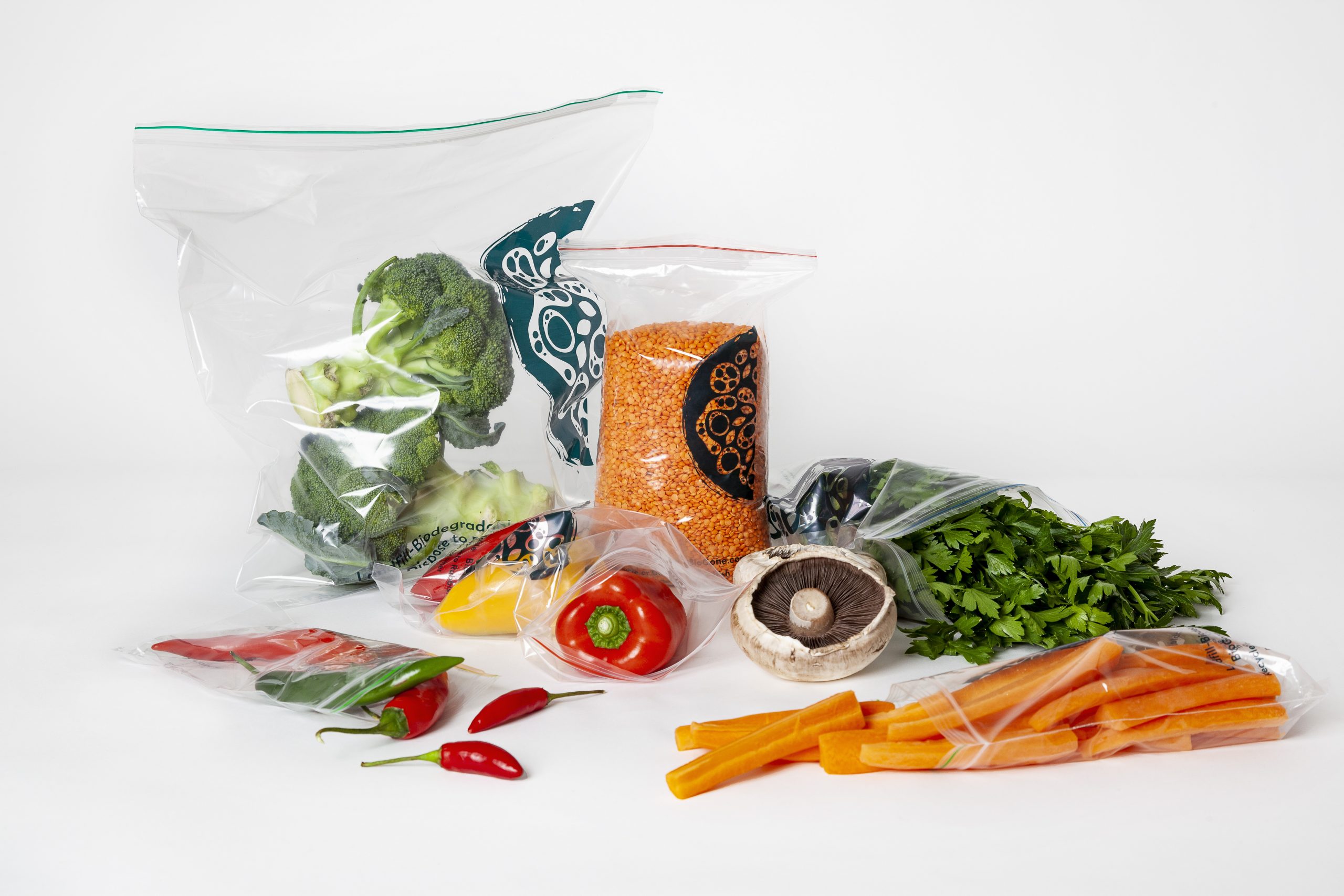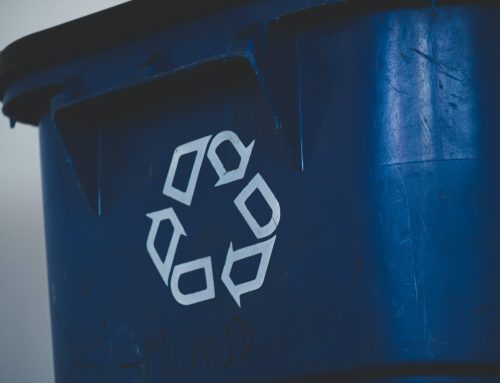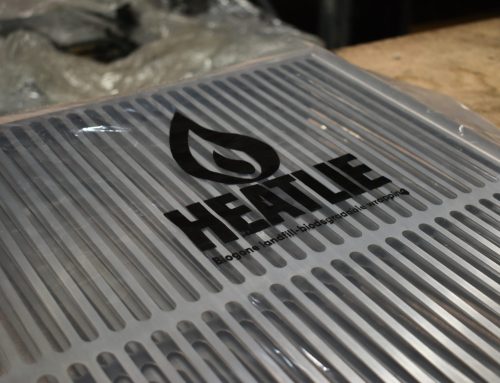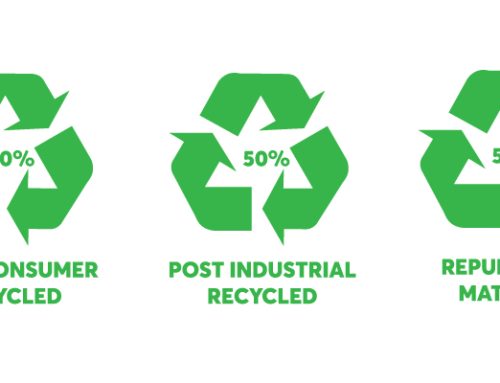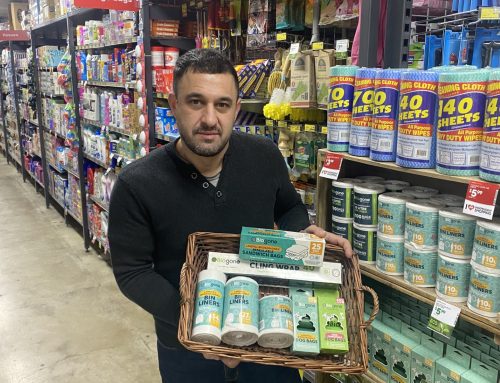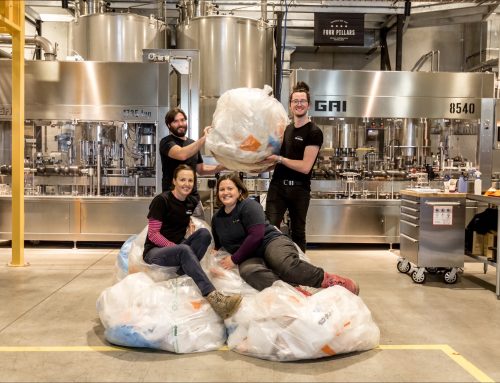Food waste is a problem worldwide and Victoria is no exception. It’s estimated each year globally we waste 1.3 billion tonnes of food, which means around a third of all excess food produced for humans ends up uneaten and ends up being wasted. This food waste contributes to greenhouse gas emissions and it also affects our economy and the economies of the world.
The good news is that Victoria has now joined the global movement to halve wasted food by 2030 providing more safety for the environment, reducing gas emissions and cutting costs. But this means we need to find better ways to store, reduce, recycle or reuse food via a circular economy so it doesn’t end up in the bin. Currently the average household in Victoria throws away approximately 40% of food waste in their weekly general rubbish bin, which can be easily diverted.
Halving food waste in our communities
About 2.4 million tonnes of food went to waste in Victoria in 2020. By 2030 the State Government’s goal outlined in Our Path to Half report is to:
- Reduce this waste to 1.2 million tonnes.
- Cut food waste by 15 per cent per capita over 10 years
- Halve the amount of food and organic waste going to landfills.
The government’s policy also outlines a circular approach to the food waste supply chain- from producer, to transport, to shelf life, to consumer and to waste disposal. For example, good temperature control and storage to keep food fresh while it’s transported:
- Will reduce waste
- Enhance food safety
- And save distributors, retailers and consumers around $179 million each year.
This highlights reducing food waste has economical benefits.
Ways to recycle food waste at home
We’ve stepped out below multiple ways to reduce food waste from home but before we do, buy yourself a kitchen caddy or use any kind of vessel (for example an ice cream container) to collect the scraps in the kitchen.
If your council allows, use a home compostable bin liner to line your caddy – like the ones we have available at Biogone. Otherwise line it with a small amount of paper towel to absorb any liquid.
Option 1 – Home composting
Organise a home composting unit. You can pick one of these up second hand on Marketplace, GumTree or buy and swap in your local neighbourhood. Otherwise buy one from a local hardware store or online.
Dispose of your food scraps (along with any garden waste) in your home compost (from your kitchen caddy) and include green and brown materials.
Green materials include:
- vegetable and fruit scraps,
- loose tea (not tea bags as they contain microplastics),
- coffee grounds,
- crushed eggshells,
- green plant or grass clippings,
Brown materials include:
- straw, paper and cardboard,
- dry leaves,
- woody prunings and sawdust.
For home composts we do not recommend composting meat, bones, fatty foods, dairy, animal or human faeces. Use the council’s kerbside food and garden bin to dispose of these items.
Option 2 – Food and garden bin
Dispose of your fruit and vegetable scraps using your kerbside food and garden bin waste service. This will be collected and taken to a commercial compost facility, where it will be treated and turned into compost for local farmers.
It is important to make sure you don’t contaminate your food and garden bin, so always check with your local council of what can and cannot be accepted.
Which foods are the most wasted?
The following six foods are among the worst offenders and contribute to the greatest food wasted. Now that you know this, try and reduce how much you buy of each item.
- Apples
- Milk
- Cheese
- Meat
- Bread
- Tomatoes
How can I reduce food waste at home?
To reduce the leftovers from dinner or the amount of old fruit and vegetables that go off before using them, we’ve highlighted some hot tips to halve or reduce your food waste and scraps at home:
- Integrate leftovers – leftovers for lunch the following day or make another meal (add some pasta or rice!)
- Write a shopping list and plan your meals for the week ahead.
- Take stock of what you have in the pantry and fridge to reduce double ups and buy only what you need for the planned meals.
- Don’t shop if you’re hungry -otherwise you’ll buy everything!
- Shop more frequently – this helps with meal planning and only buying what you need vs stock piling.
- Cook only what you need (and maybe some leftovers for lunch…)
- If you put your veggies, fruit and herbs into our resealable ziplock bags it helps with keeping produce fresh for so much longer!
- Grow your own herbs – nothing beats fresh basil in summer!
- Freeze leftovers.
- Preserve out-of-season fruits and vegetables.
Everything you do makes a big difference to reduce food waste, but also save time, resources and money. Helping divert your food waste from landfill will help close the loop and regenerate our soil with good quality compost.


